Original URL: https://www.theregister.com/2006/05/23/review_amd_am2_athlon_64_fx-62/
AMD Socket AM2, Athlon 64 FX-62
AMD finally moves to DDR 2, but was the wait worthwhile?
Posted in Personal Tech, 23rd May 2006 04:02 GMT
Review Today, AMD is launching two major new products: its Socket AM2 interconnect and a faster Athlon 64 FX to go with it. A little bit later on today we'll see Nvidia's new nForce 500 series of chipsets, but let's start with AMD, as this is really its day and not Nvidia's - no matter how important a partner it is. Besides, Nvidia's new toys have a later NDA, ahem. For AMD, the year's biggest open secret has become official: it's supporting DDR 2 SDRAM...
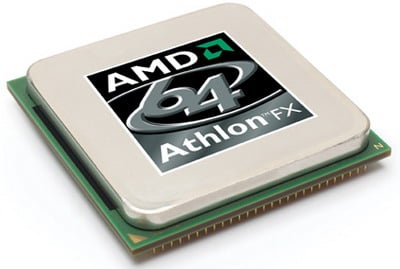
According to AMD, the time is finally right for it to move its entire processor range – including the entry-level Semprons – to DDR 2. The speed is there, and so is the availability, and the price is good too. This means all of AMD's desktop processors will be using the same CPU socket, named AM2. It will use 940 pins, but it isn't pin compatible with the current Socket 940 AMD Opteron processors.
There's never a good time to transition to a new platform, no matter what part of the industry you're in, and moving to a new CPU socket is always a pain for the customers as it generally means investing in a wide range of new kit too. Although AMD moved from Socket 754 to Socket 939 on its high-end parts, it seems like this time around AMD decided that a single socket is better for its customers. The upside is that you don't have to get a top of the range processor on day one and it's likely that the AM2 will be with us for the next couple of years. Unless, of course, there are some major advances in computer technology...
And you may not need to switch yet. Anyone with an up-to-date Socket 939 CPU probably shouldn't consider moving to AM2 yet as there are no real performance benefits. Yes, you read that correctly: AMD doesn't claim to have any made any performance benefits over Socket 939, it's just a move to a new memory technology.
I'm not sure that I agree with AMD on its stance that DDR 2 memory has now reached a price-point that makes a platform transition a viable option for its customers. This is due to the fact that AMD has decided to support 667MHz and 800MHz DDR 2 - also known as PC2-5300 and PC2-6400, respectively. PC2-5300 memory is quite affordable, but it brings with it higher latency than high-performance 400MHz DDR memory. The higher clock speeds makes up for some of this and PC2-5300 modules are available with CAS3 latency – although at a price premium compared to CAS4 modules.
You can squeeze some more performance out of the AM2 processors with 800MHz modules, but these are still costly if you're looking to add a couple of 1GB modules to your system. The latency starts at CAS4 here and according to an AMD representative, with this means that you're not getting as much of a performance gain as you could if these modules worked with a lower CAS rating. You could of course use slower memory as well, but this would impact the performance. AMD informed me that 667MHz DDR 2 offers similar performance as 400MHz DDR on the Socket 939 platform.
There is no word from AMD on official support for 1GHz-plus memory speeds. But as you might already have read here at Reg Hardware, Nvidia has come up with something called EPP (Enhanced Performance Profile) for DDR2. This will allow for easy memory overclocking if you're using an nForce 590 SLI motherboard, but more on that later on today, when we reveal the full specs of the new range of products from Nvidia.
There are some differences between the various processors, as is the case with the Socket 939 models. The cache will be either 512KB or 1MB per core for the Athlon 64 X2 models, but the Semprons will feature either 128KB or 256KB. While we're on the subject of Semprons, the HyperTransport bus will be clocked at 1.6GHz instead of 2GHz, which would indicate a good overclocking potential here. Finally, unlike the Athlon 64s, the Semprons won't support AMD's virtualisation technology. The single-core Athlon 64 will also support virtualiaation, but don't expect it to work as well as it would on an X2.
According to AMD, some of its customers have been asking for virtualisation hardware for some time and this is why AMD has now implemented the technqiue in its processors. However, for the average user, virtualisation doesn't yet offer any real benefits. People who want to run multiple operating systems will at least be saved from the need to boot into one or the other - with the right 'hypervisor' software they can flip from one OS to the other almost instantaneously.
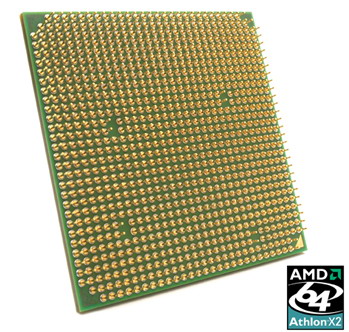
Except for the FX-62, which has a Thermal Design Power (TDP) of 125W, all of other AM2 model,s including the X2s, have a lower TDP than their Socket 939 predecessors. This means a cooler-running computer, and AMD has even introduced a processor with an extra-low TDP, although there is no information as yet how to differentiate between these and the normal ones, nor if there will be any differences in price.
One final minor change that AMD has made to the Socket AM2 CPUs is to the cooler retention mechanism. It's now using four screws instead of two. This is good news for anyone into water cooling, as it allows for much better mounting mechanisms for a water block than the current one does. Most coolers that use a clip can be used with the new retention bracket, but those that are screwed through the board are not compatible.
In terms of benchmark numbers, well the FX-62 is fast, there's no denying it, but what everyone is wondering is how the new AMD processors are going to compare to Intel's new Core 2 Duo range, aka 'Conroe'. While you're reading this review, I'll be having a first look at what Intel has on offer and have some hands-on time with the new Core 2 Duo kit. At least until Conroe ships, in July, the FX-62 is the fastest processor around, if you can afford the $1,032 launch price.
Benchmark results
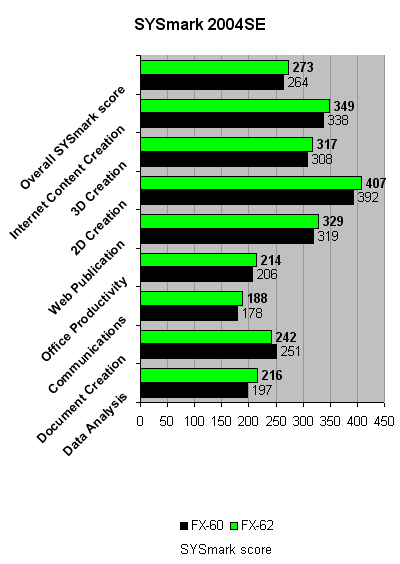
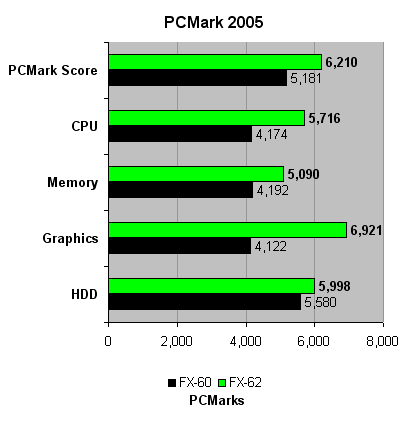
Benchmark results
SiSoft Sandra 2007
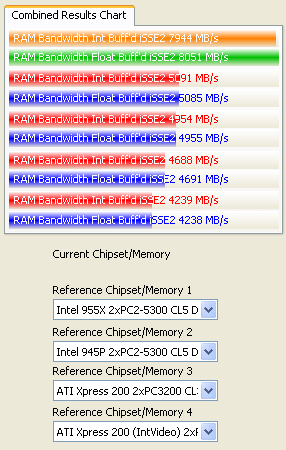
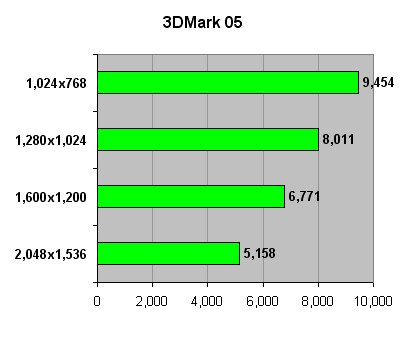
Benchmark results
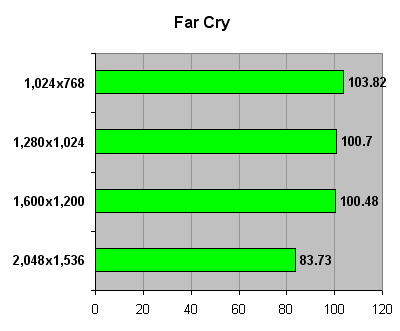
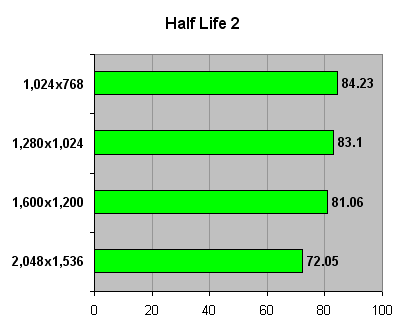
I ran a selection of benchmarks on the FX-62, although due to the limited time I had with the review kit there isn't a full range of 3D benchmarks. AMD supplied the Asus M2N32-SLI Deluxe motherboard and 1GB of 800MHz Corsair DDR 2 memory to test the FX-62 with. They weren't the new EPP modules from Corsair, so I couldn't test the new memory auto-overclocking feature. I also used a Connect3D X1800XT graphics card.
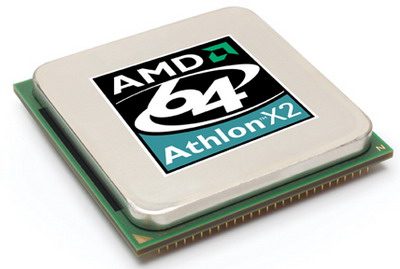
The overall SYSMark 2004SE score of 273 is very impressive - it's up nine points on the FX-60 on a similar platform. The improvements are much more visible in PCMark 05 where the new platform gains over 1,000 points. This is likely to be due to the fact that PCMark offers better multi-core awareness than SYSMark and since there are two faster cores - the CPU score and the overall score are affected to a higher degree. The graphics score isn't comparable, as different graphics cards where used, which would also have had an effect on the overall score. The CPU, memory and hard drive scores should be of comparable nature.
Besides a quick run of our standard 3D benchmarks - which don't really stress the CPU as much as they do the graphics cards - I thought some 3D rendering tests would be of interest. Using the latest beta of PovRay, the render test took 5m 28s using both cores and 10m 42s using just one core. It goes to show that there are some very real advantages to using a dual-core processor. Next up was Cinebench 9.5 which scored 411 CB-CPU points in the single-processor test and 759 CB-CPU points in the dual-processor test.
According to the results that SiSoft Sandra 2007 produced, there's plenty of memory bandwidth available to the CPU. However, even with the memory bandwidth reaching close to 8GB/s this doesn't seem representative to some of the performance gains in other benchmarks. But for anyone using very memory intensive applications this is good news and it is also a good sign for the future as faster processors might be able to take better advantage of the extra bandwidth.
Verdict
These are all some pretty impressive numbers, but bear in mind that we tested the AM2 platform with the FX-62 - other AM2 processors won't show any big improvements over their Socket 939 counterparts. It's a real shame that AMD didn't manage to squeeze some more performance out of the new CPUs, but this will hopefully come with time. For now, the AM2 processors aren't worth the investment if you have a Socket 939 system, unless you want the fastest CPU out there, the FX-62. However, this might not be the case for long if the Core 2 Duo lives up to Intel's hype. ®